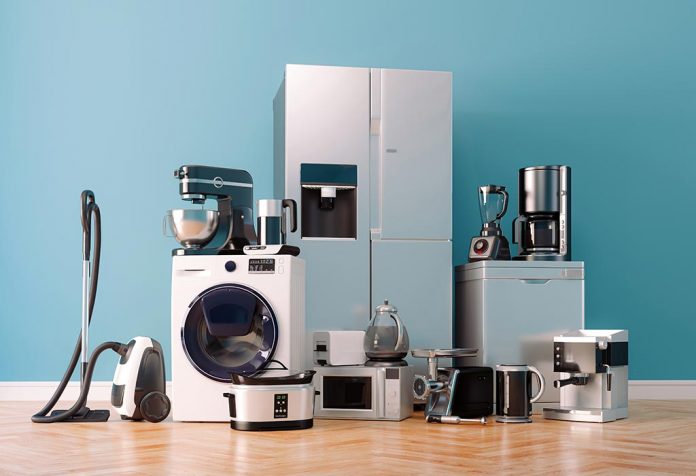When we think about the life expectancy of things around us—whether it’s people, clothing, or food—we understand that everything has a limit. The same is true for your investment property. While a building itself can last decades or even centuries, many of the individual parts inside it have much shorter useful lives.
Understanding the useful life of your property’s components—like appliances, HVAC systems, or water heaters—is critical for effective planning and budgeting. It helps you anticipate when repairs or replacements may be needed, reducing surprises and financial strain.
Why Should Property Owners Care About Useful Life?
Knowing the approximate lifespan of the various systems and appliances in your property empowers you to:
Plan and budget for maintenance and replacement costs
Make smart decisions, like investing in extended warranties
Avoid unexpected large expenses that can hurt your cash flow
Protect your investment value by replacing worn-out equipment before it fails
For example, paying for a 3- to 5-year warranty on a new dishwasher might save you from a costly repair bill once a standard one-year warranty expires.
Typical Useful Life Expectancy of Common Appliances and Systems
While the exact lifespan of any item depends on usage, maintenance, and quality, here’s a general guide to average useful lives:
| Item | Average Life (Years) |
|---|---|
| Dishwasher | 5 - 10 |
| Range, Electric | 13 - 16 |
| Range, Gas | 13 - 19 |
| Range Hood | 9 - 14 |
| Microwave | 5 - 8 |
| Refrigerator, Standard | 14 - 17 |
| Freezer | 12 - 16 |
| Garbage Disposal | 10 - 13 |
| Trash Compactor | 7 - 12 |
| Clothes Dryer, Electric | 11 - 14 |
| Clothes Dryer, Gas | 11 - 14 |
| Clothes Washer, Electric | 11 - 14 |
| Heating, Central | 15 - 20 |
| Air Conditioner, Central | 15 - 20 |
| Garage Door Opener | 20 - 25 |
| Water Heater | 10 - 25 |
How to Determine Useful Life for Your Property’s Items
Create your own chart: List your property’s systems and appliances with estimated ages and expected replacement timelines.
Inspect your property: Check physical condition to gauge age and wear.
Ask the seller or real estate agent: They may have records or knowledge of appliance ages and care.
Research online: Manufacturer websites and product manuals often include life expectancy info.
Consider usage and maintenance: Frequent repairs or poor upkeep can shorten lifespan.
Take It One Step Further: Add Replacement Costs
Once you know expected useful lives, add an estimated replacement price column to your chart. This helps you forecast future capital expenses and build a reserve fund.
Planning Ahead Protects Your Investment
By knowing your property’s useful life expectations, you’ll be better prepared to:
Schedule timely repairs or replacements
Avoid emergency expenses
Maintain tenant satisfaction with functional appliances and systems
Preserve property value and income stability
How Oracle Property Solutions Can Help
With years of experience managing properties and maintenance schedules, Oracle Property Solutions is here to assist you in evaluating your property’s systems and appliances. We help you create maintenance plans and budgets so you can protect and grow your investment wisely.
If you have questions about your property’s useful life or need guidance on maintenance, contact us today!


